
table of contents
- The mixed culture
- 15 good neighbors
- Plants from A - D
- Plants from E - K
- Plants from L - R
- Plants from S - Z
- Bad neighbors
- frequently asked Questions
The cucumber is a popular plant from the cucurbit family. In addition to the ideal location conditions for cultivation, it is necessary to take a look at the cucumber's neighbors.
In a nutshell
- A mixed culture includes various plants that complement each other, protect each other and thrive together magnificently
- the cucumber is ideal for mixed cultivation
- good neighbors of the cucumber include leeks, peas, dill or fennel
- cucumber's bad neighbors are potatoes, radishes, tomatoes and zucchini
- regular crop rotation is necessary because the cucumbers should not be grown in the same location for 3-5 years
The mixed culture
One Mixed culture in your own garden makes sense if there are good neighbors in the vicinity of the plant. Mixed cultivation means first of all that you plant different species side by side. The individual members benefit from the protective effect of their neighbors. In addition, effective use of the vegetable patch is possible.

15 good neighbors
Different plants are suitable for the environment of the cucumber with the scientific name Cucumis sativus. The following 15 vegetables and herbs are ideal neighbors for the cucumber genus and complement the vegetables of the year 2019/2020 splendidly.
Plants from A - D
basil (Ocimum basilicum)

- popular aromatic plant
- known under the names basil, basil or royal herb
- Cultivation in subtropical and temperate regions
- prefers a water-permeable soil as a good neighbor of the cucumber
- Cultivation of the herb takes between 80 and 100 days
Beans (Phaseolus vulgaris)
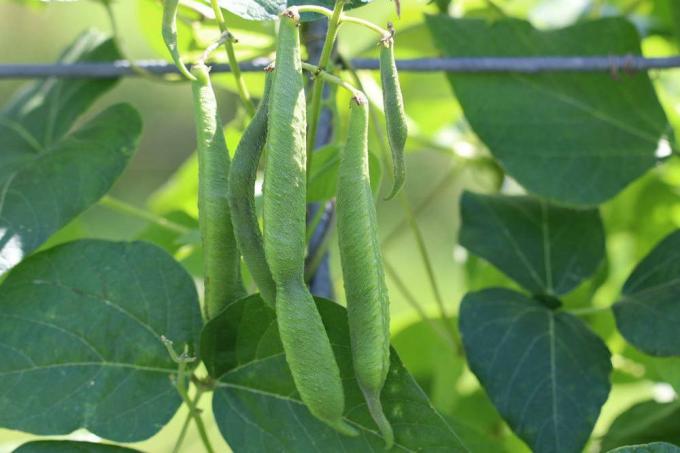
- belong to the legumes
- numerous genera and species
- the kidney bean is the most important species in Europe
- preferred cultivation in mixed cultures
- prefers partially shaded location
- Fertilization with nitrogen to accelerate vegetative growth
Dill (anethum graveolens)
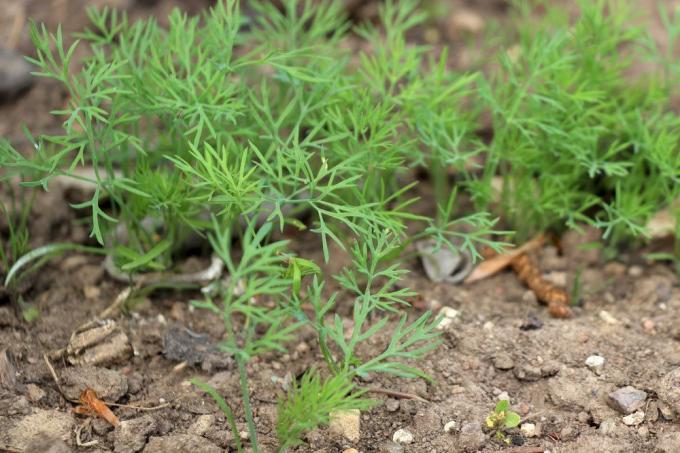
- known as dill, cucumber herb, dill herb or dill fennel
- Worldwide cultivation (one of the most popular spices in Germany)
- up to 75 centimeters tall
- various subspecies and varieties of dill
- suitable for open fields and greenhouses
- Harvest between May and October
- generative reproduction
Plants from E - K
Peas (pisum)
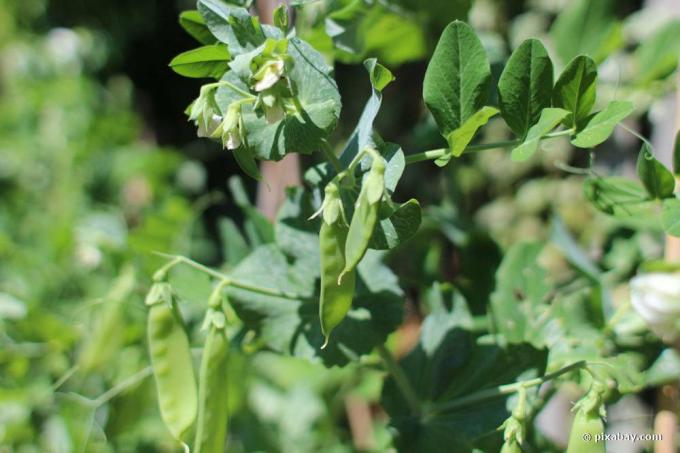
- Member of the legume family
- the most important species is the garden pea (Pisum sativum)
- herbaceous plants with leaf tendrils
- prefers humus-rich soils as a good neighbor of the cucumber
- severely incompatible with himself
- Cultivation between March and April
Fennel (Foeniculum vulgare)

- Vegetable and spice plant distributed worldwide
- biennial and herbaceous plant
- up to 200 cm tall
- prefers nutrient-rich soils
- Sow in July
- prefers moderately dry soils as a good neighbor of the cucumber
Carrots (dahcus carota subsp. sativus)

- known under the names carrots, carrots, carrots or roots
- biennial herbaceous plant
- Taproot is the most important component with valuable ingredients
- prefers sandy and well drained soils
- Cultivation in temperate regions
- Ripening time between 70 and 220 days depending on the type
- over 300 varieties in Europe
Cabbage (Brassica)

- some of the most important crops belong to the genus cabbage
- annual to perennial herbaceous plants
- over 40 species of the genus
Caraway seeds (Carum carvi)
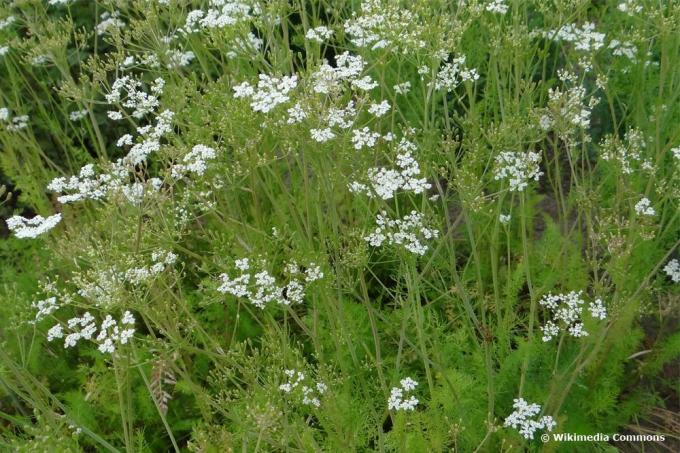
- one of the oldest spices in the world
- deciduous plant
- Growth height up to 80 centimeters
- Flowering period in spring to early summer
- Seed ripening between July and August
Plants from L - R
Leek (Allium ampeloprasum subsp. ampeloprasum)

- various names such as leek, common leek, winter leek or meat leek
- biennial herbaceous plant
- up to 80 centimeters high
- predominantly cultivation in Europe
- Cultivation between March and April
- wide crop rotation required; Predestined as a good neighbor of the cucumber for mixed cultivation
Parsley (Petroselinum crispum)
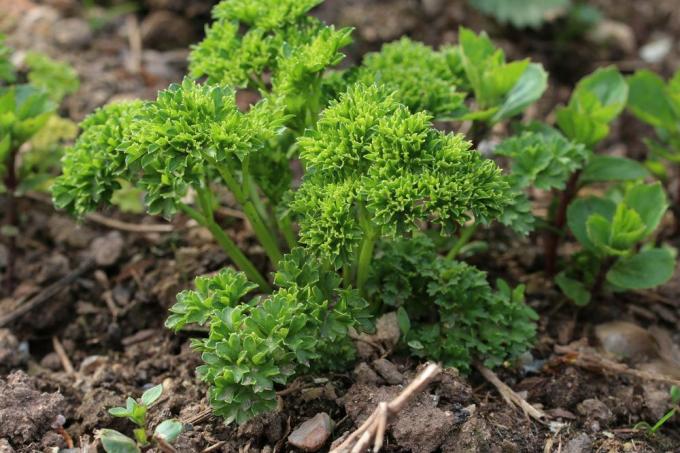
- Parsley occurs as a wild herb in Central Europe
- biennial herbaceous plant with thick roots
- up to 100 centimeters tall
- prefers nutrient-rich soils as a good neighbor of the cucumber
- clay subsoil preferred
Beetroot (Beta vulgaris)

- the beetroot is a vegetable related to sugar beet and chard
- biennial herbaceous plant that can weigh up to 0.6 kilograms
- in the second year the stem of the plant forms
- Cultivation in temperate climates
- Cultivation between April and July
- Harvest in summer and autumn
Plants from S - Z
Lettuce (Lactuca sativa)

- Garden salad as the best known type
- annual to biennial herbaceous plant
- first the basal leaf grows and ultimately the plant reaches a height of up to 100 centimeters
- Blooms from June to August
- Growing area mainly in Central Europe
- various cultivated forms
Celery (apium)

- gives approx. 30 different types
- the plants grow one or two years
- common in temperate climates
- The main vegetable is celery (Apium graveolens)
- upright stems with strong branches
Sunflower (Helianthus annuus)
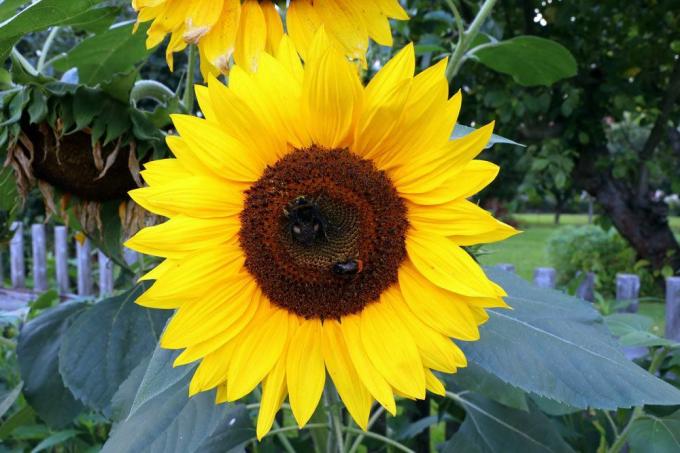
- belongs to the genus of sunflowers
- herbaceous plant
- up to three meters high
- The stem is very hairy
- Roots up to two meters in the ground
- good lighting is required for growth
- Flowering between June and September
- prefers nutrient-rich soil
Onions (Allium cepa)
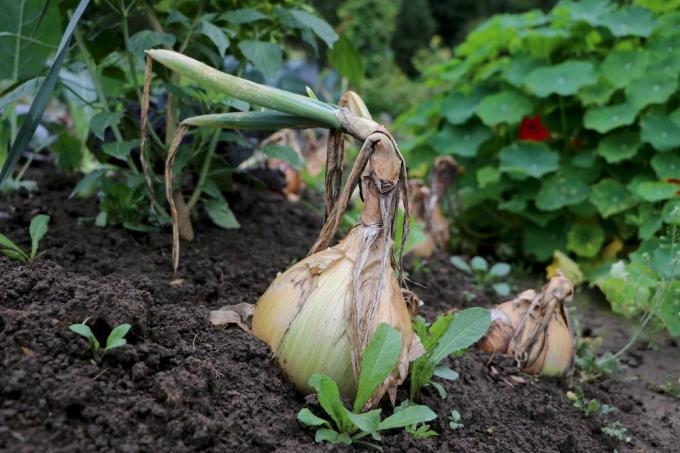
- Known under the names edible onion, Zipfle, kitchen onion or garden onion
- different sorts
- Growing of summer and winter onions possible
- Sow the onion between March and April
Bad neighbors
In contrast, in every mixed culture there are plants as bad neighbors that do not get along with the cucumber. Most of the time, the plants compete for urgently needed nutrients. The plants do not develop their full growth potential. Examples of unsuitable companions of the cucumber are the potato (Solanum tuberosum), the radish (Raphanus sativus var. sativus), the radish (Raphanus), the tomatoes (Solanum lycopersicum) or the zucchini (Cucurbita pepo subsp. pepo convar. giromontiina).

frequently asked Questions
When growing the cucumbers, it is necessary to look at the different species. Salad cucumbers are mainly found in the greenhouse, while outdoor cucumbers are suitable for growing in the garden. A sheltered location and humus-rich, loose soil conditions are ideal for the cucumber plants.
Various plants are suitable for growing next year: cauliflower, leek, radish, white cabbage or sweet corn are ideal secondary plants. Growing cucumbers in the same location is not recommended for the next three to five years.
Cucumbers and their neighbors are plants that love warmth. Sowing takes place in the greenhouse from the end of April or outdoors from the end of May.
